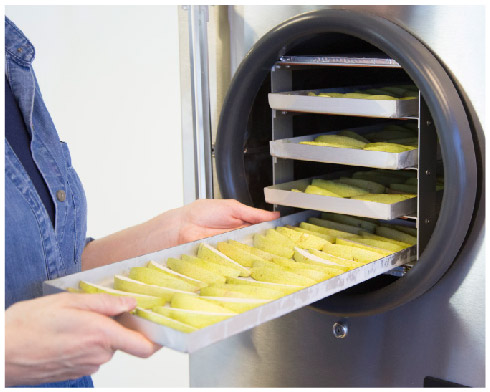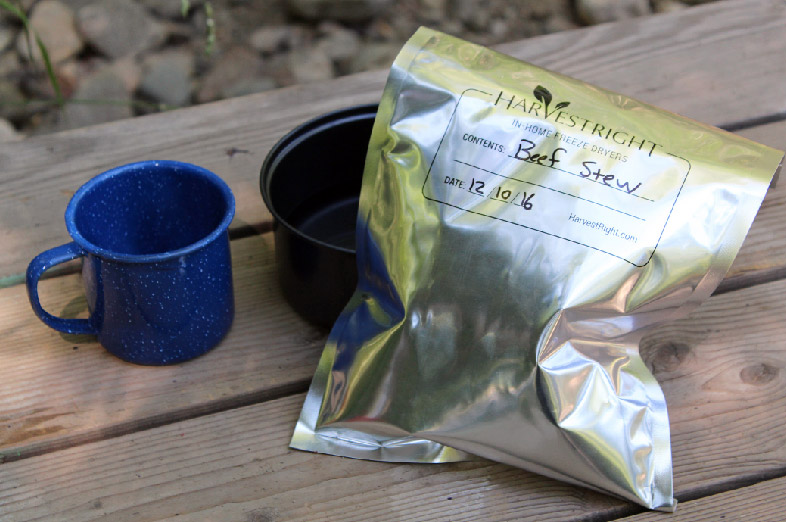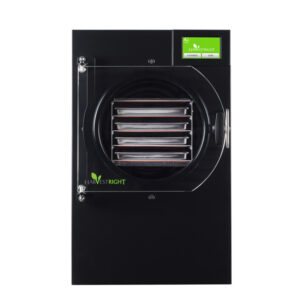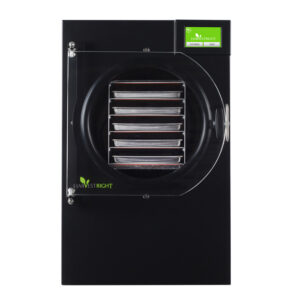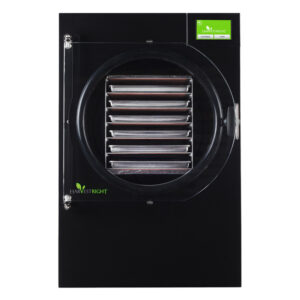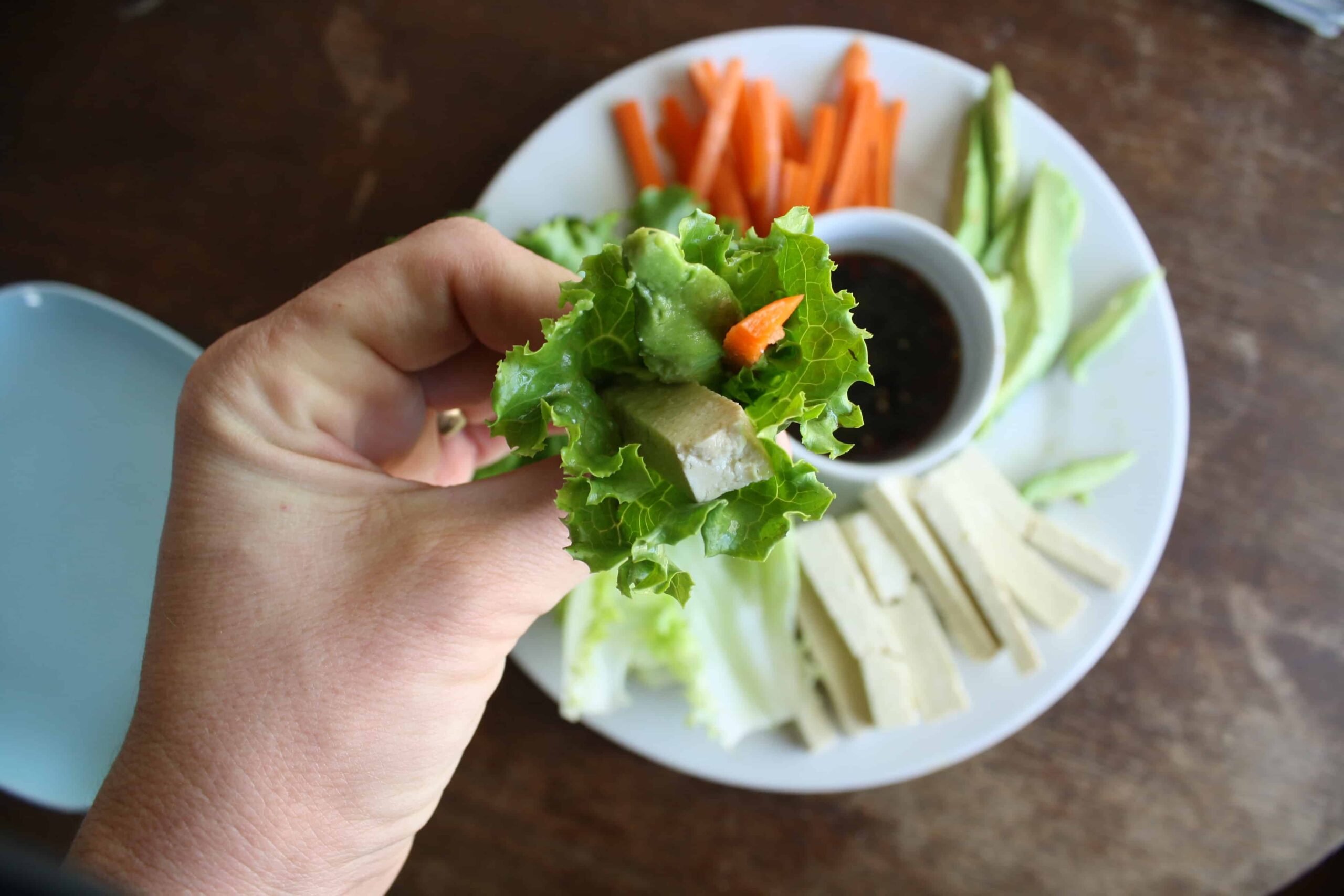HISTORY OF CANNING
Everyone has heard of canning/bottling, but, have you ever wondered how it all began?
In 1795 the French military offered a cash prize of 12,000 francs for a new method to preserve food. In response to that challenge, Nicolas Appert, a confectioner and chef in Paris from 1784 to 1795, began experimenting with ways to preserve foodstuffs. He had success with soups, vegetables, juices, dairy products, jellies, jams, and syrups. Appert placed the food in glass jars, sealed them with a cork and sealing wax, and placed them in boiling water.
Fifteen years later, in 1810, Appert was awarded the Navy’s prize by Count Montelivert, a French minister of the interior. Because of that, canning and bottling, one of the world’s largest industries, began. At the time, it almost seemed “Too Good to be True!”

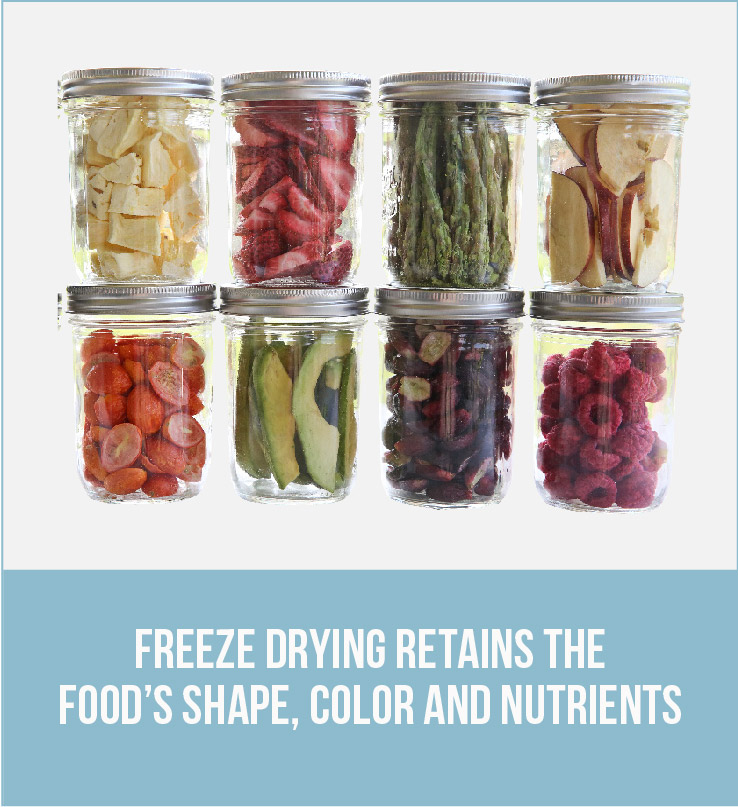
INVENTION OF FREEZE DRYING
After canning, the next great invention for preserving food didn’t happen for another 270 years. Then, during World War II, modern freeze drying was developed. Blood serum being sent from the U.S. to Europe for medical treatment of the wounded required refrigeration, but, because of the lack of simultaneous refrigeration and transportation, many serum supplies were spoiling before reaching their intended recipients. The freeze drying process was developed as a commercial technique that enabled serum to be rendered chemically stable and viable without having to be refrigerated. Shortly thereafter, the freeze dry process was applied to penicillin. Today, most pharmaceuticals are freeze dried to maintain their freshness and potency.




